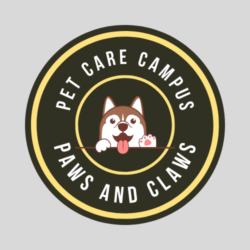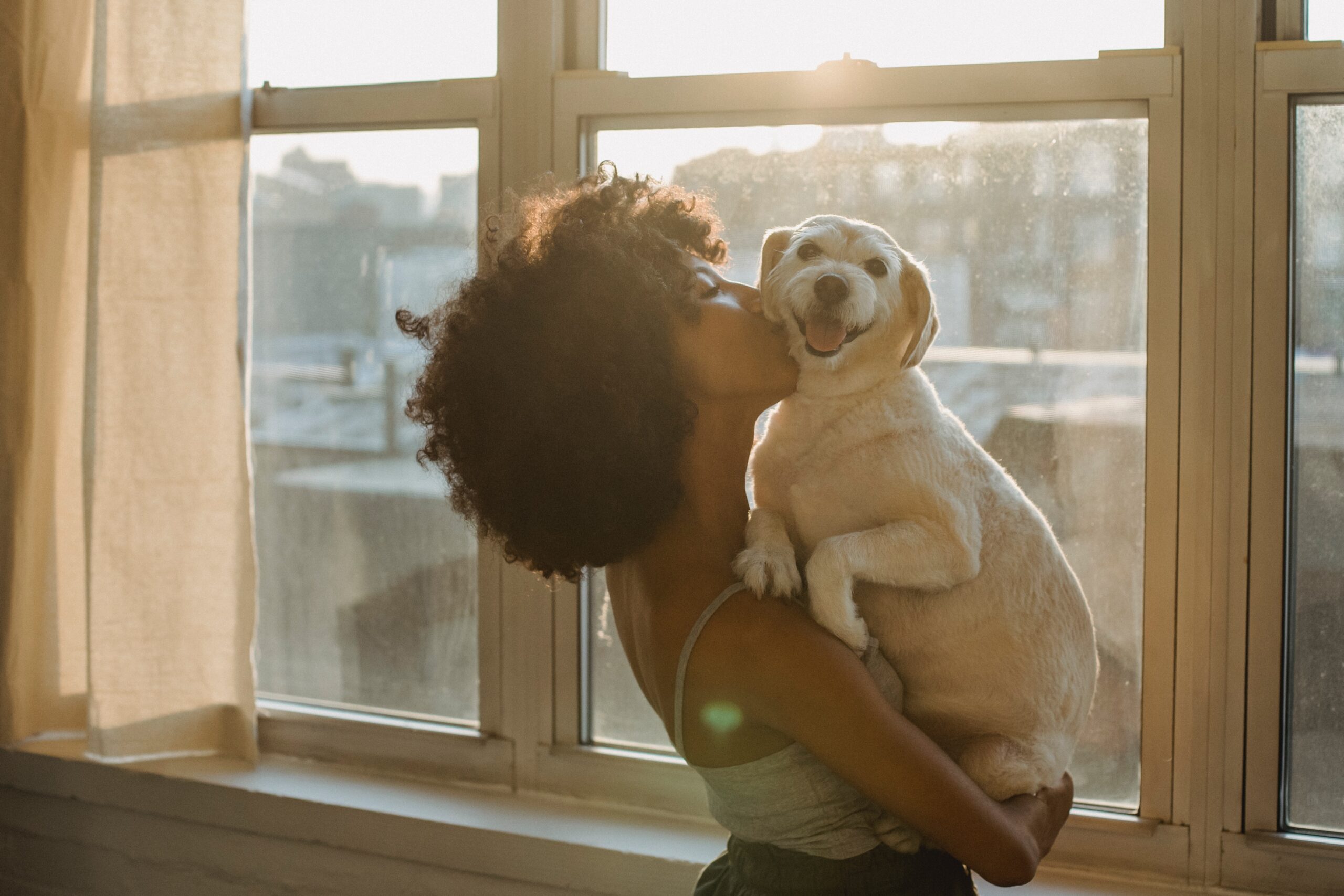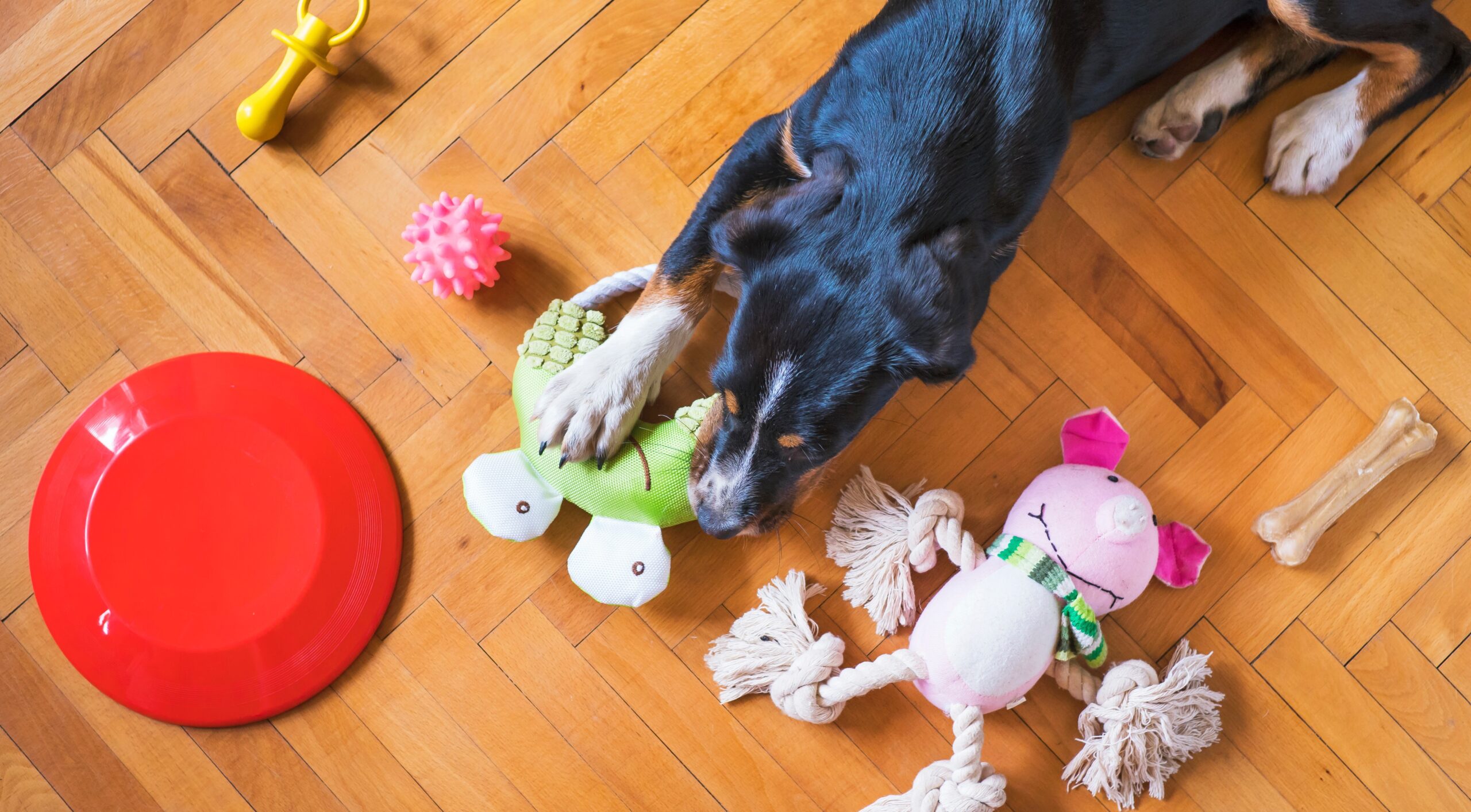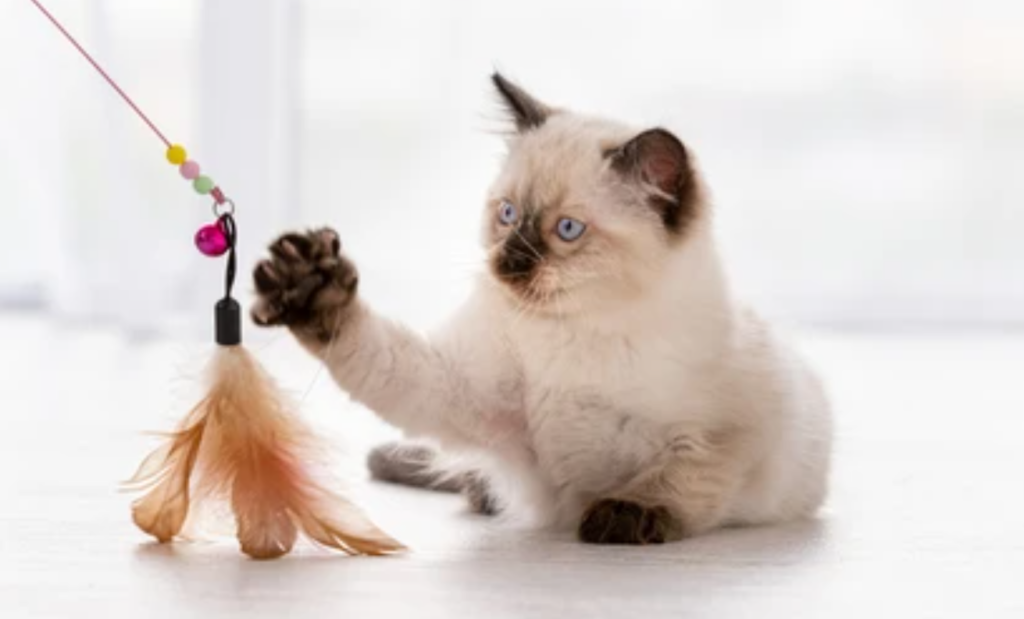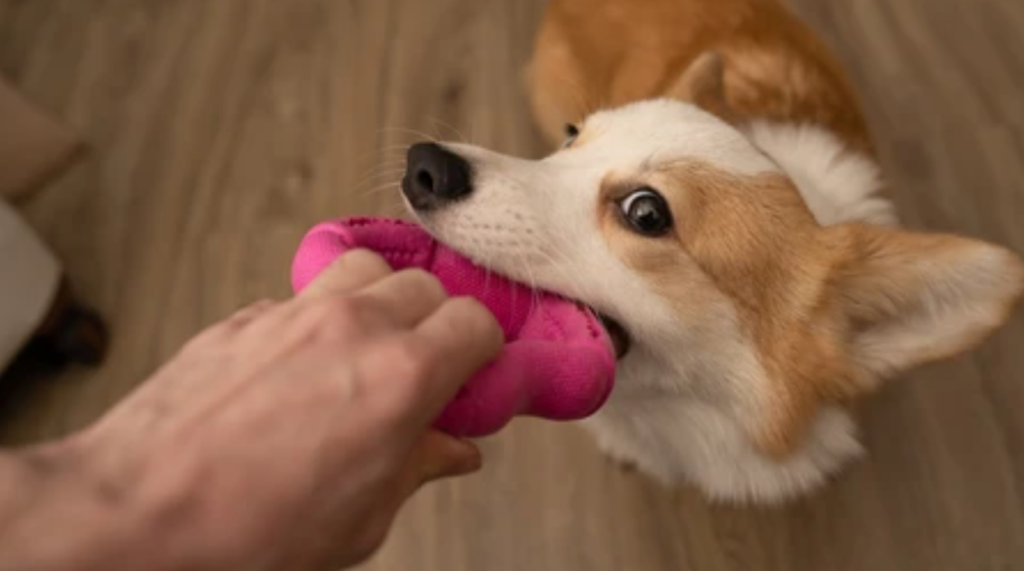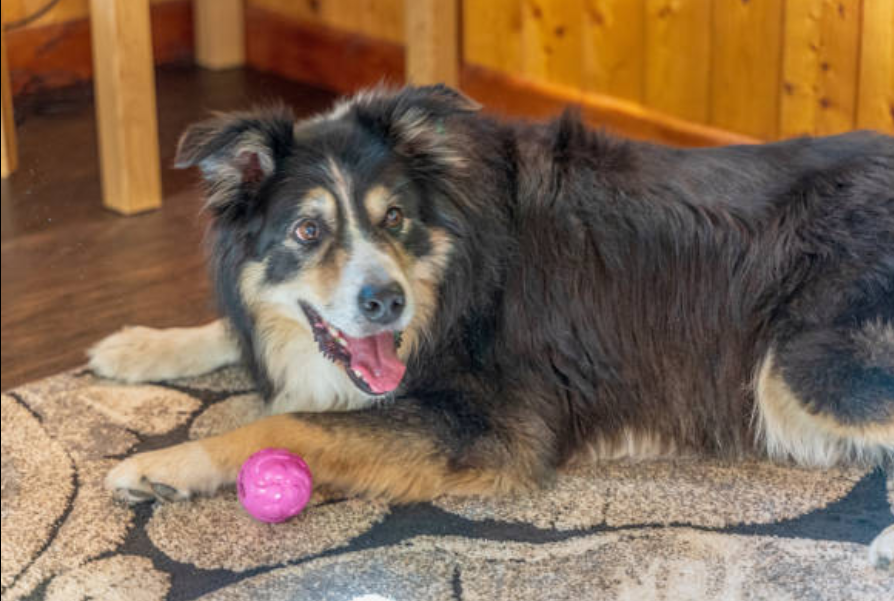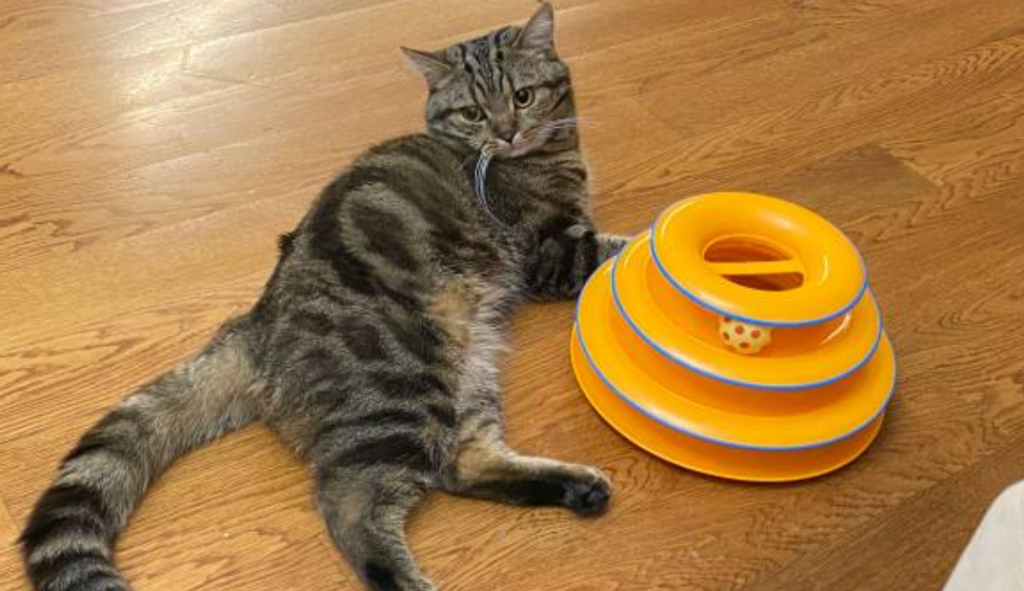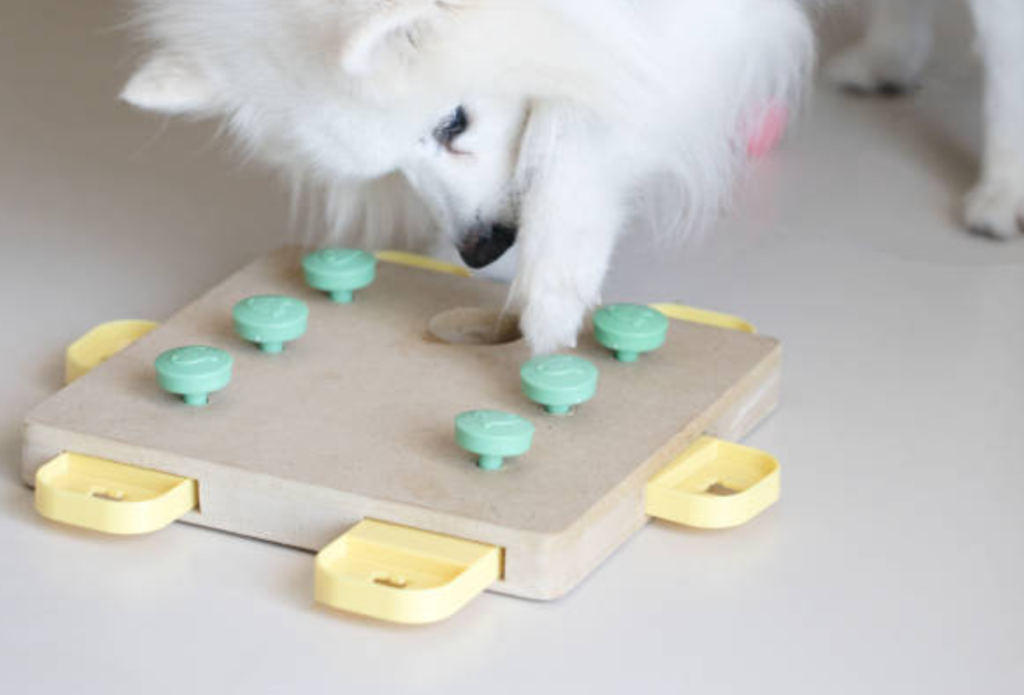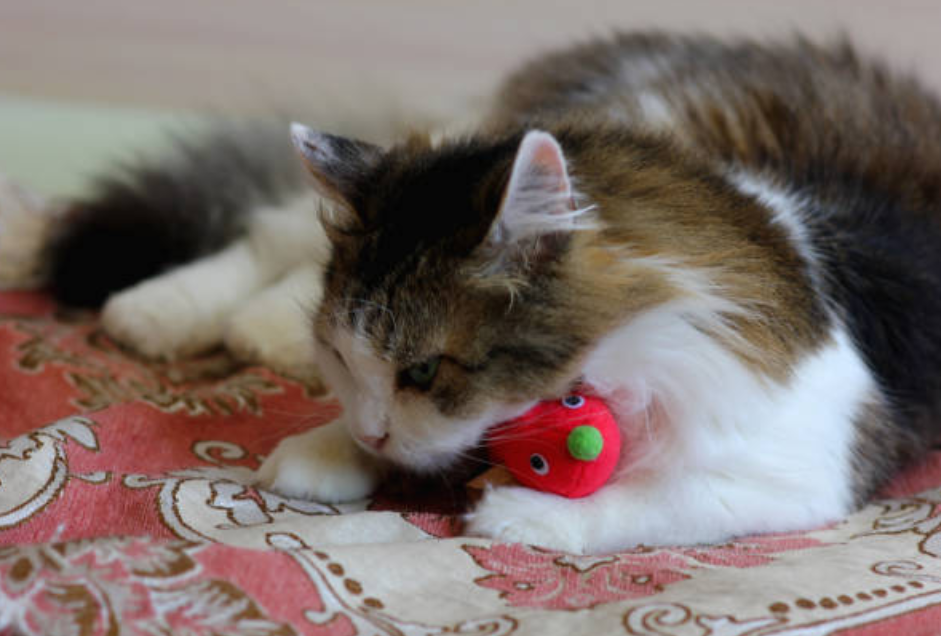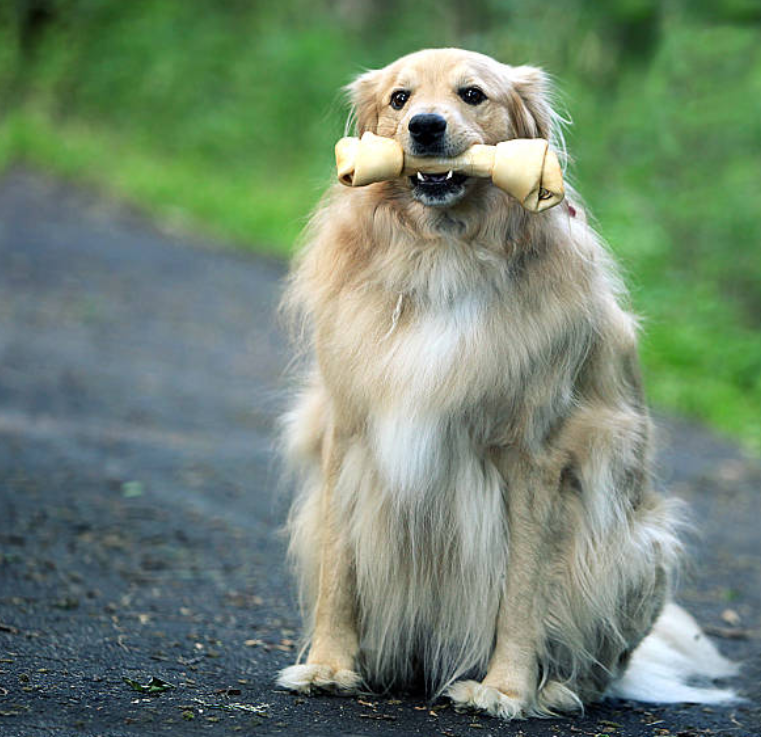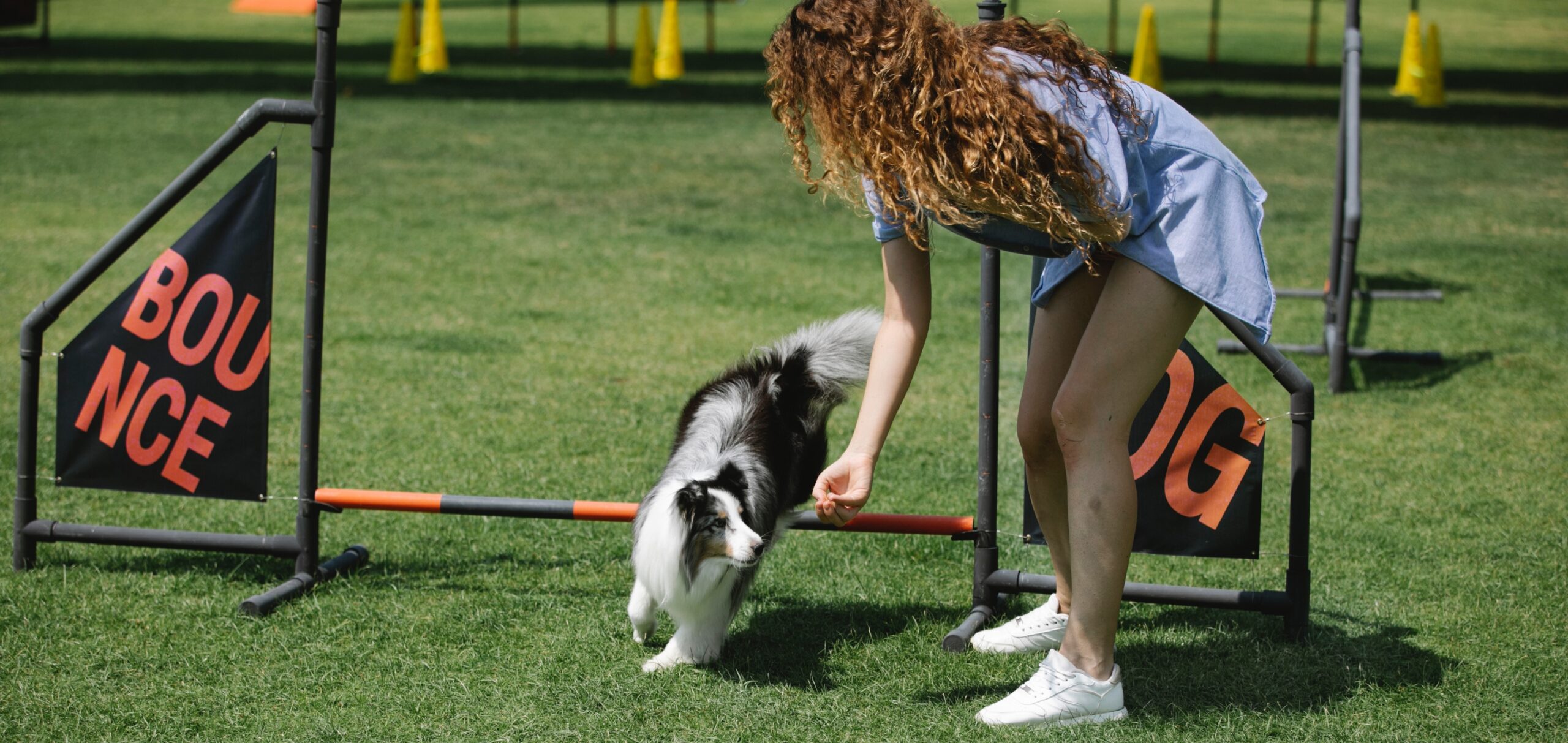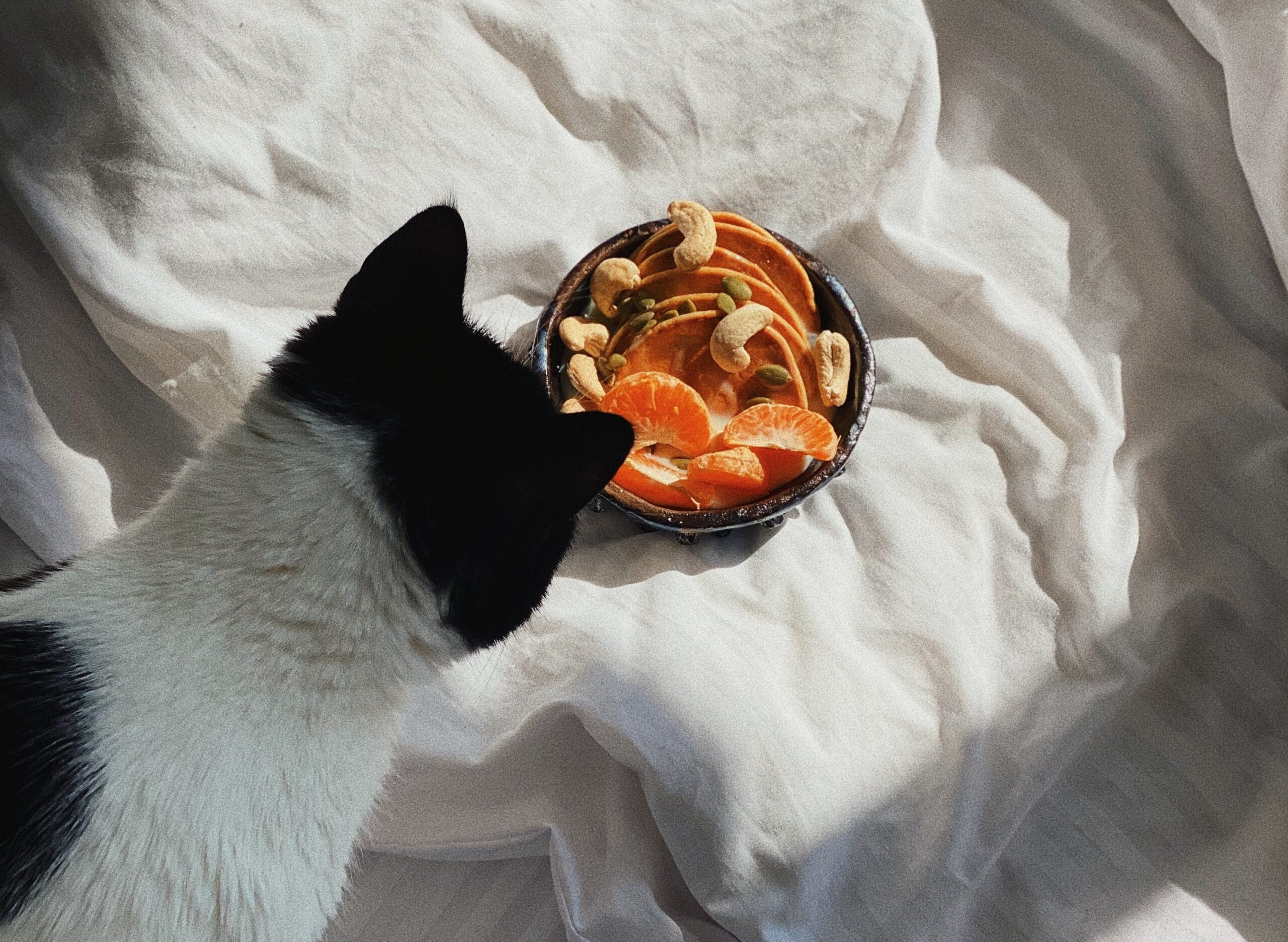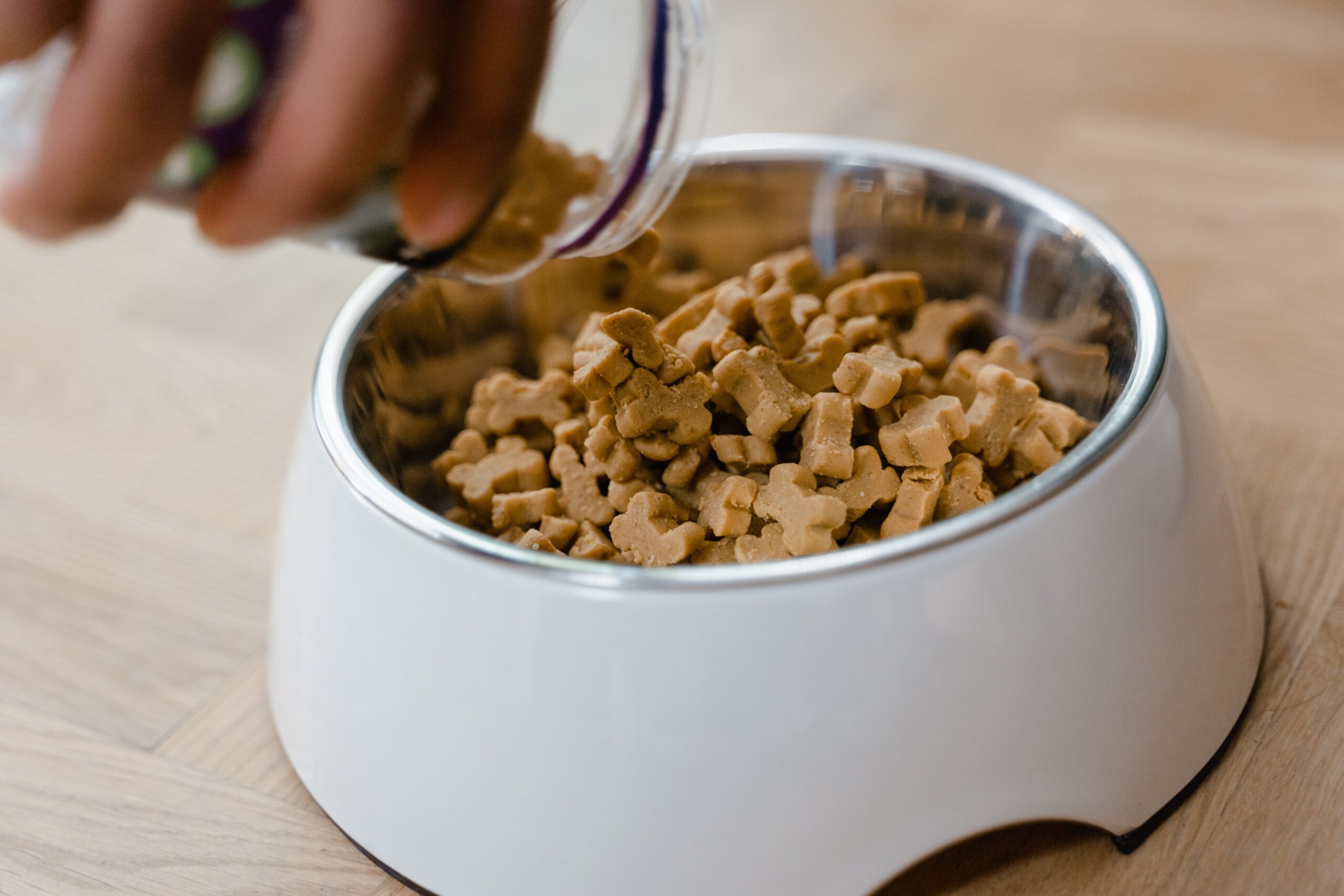The Advantages of Animal-Assisted Therapy: A Scientific Explanation
Animal-assisted therapy can provide numerous benefits to individuals struggling with mental or physical health issues. Spending time with animals can help reduce stress, anxiety, and depression, and can also improve socialization, communication, and overall mood. Additionally, interactions with animals have been shown to lower blood pressure and improve physical health.
Discover the benefits of animal-assisted therapy backed by science. Learn about the benefits of animal companionship in healthcare.
Why Animal-Assisted Therapy is Important?
Pet therapy has a potential to reduce stress and anxiety. Studies have established that interaction with animals can lead to a decline in cortisol, a hormone linked to stress. This phenomenon is attributed to the release of oxytocin, a hormone that promotes relaxation and a sense of well-being. Moreover, petting a cat or dog can decrease blood pressure and heart rate, which further contributes to reduced stress levels.
How Animal-Assisted Therapy will Benefit You:
Benefit of pet therapy is the improvement in mood that it can generate. Interacting with animals can elevate the levels of serotonin and dopamine, two neurotransmitters that play a role in happiness and pleasure. This can benefit individuals struggling with depression or other mood disorders.
Enhances Socialization:
Pet therapy can also improve socialization skills in individuals who experience difficulties in social interactions. Animals can provide a non-judgmental and comforting presence that can make individuals feel more at ease in social situations. Furthermore, pet therapy sessions can offer opportunities for individuals to connect with others who share a passion for animals.
Increases Physical Activity:
Pet therapy can contribute to increased physical activity levels. Walking a dog, playing with a pet, or merely petting an animal can all contribute to physical activity, which can result in several health benefits, such as improved cardiovascular health and weight management.
Conclusion:
Pet therapy has several advantages that can boost the physical and emotional well-being of individuals. From reducing stress and anxiety to enhancing socialization skills and improving mood, the scientific explanations for these benefits are well-established. If you are seeking ways to improve your health and well-being, incorporating pet therapy into your treatment plan is worth considering.
